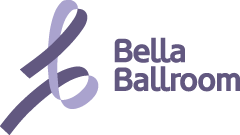Dances from Around The World
At our dance studios in Orange County, we appreciate dances from around the world! (Many different dance styles have influenced our dancing and dance lessons near me!) Here we discuss a bit about the many dance traditions from all around the world. Enjoy!
Ballet – Russia
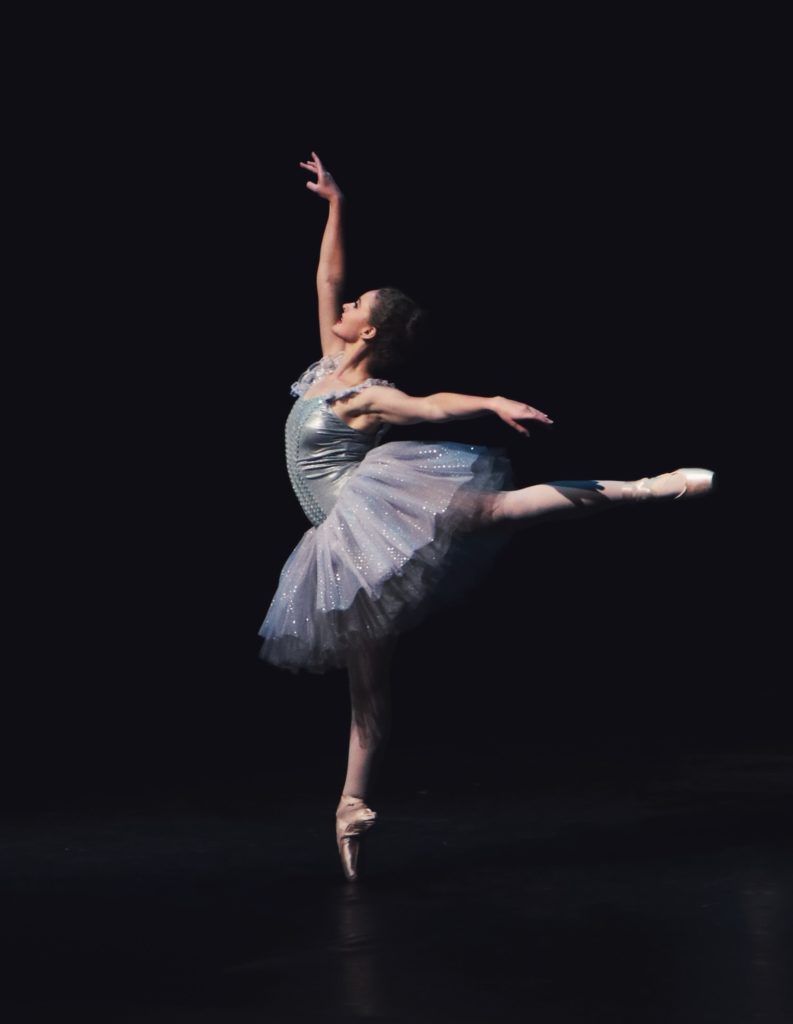
Ballet started as a performance dance during the Italian Renaissance in the fifteenth century and later developed into a concert dance form in France and Russia. It wasn’t until the 18th century that the first Russian ballet group emerged. This group was based in St Petersburg and would perform the first Emperor ballet.
By that time ballet was slowly changing. It switched from mythological and dramatic stories to more romantic. This change definitely shaped the manner of the dance. Ballerinas began dancing on pointe to pronounce the difference between dance and reality.
Different styles and subgenres have evolved over time. A few examples are Classical ballet, Romantic ballet, Neoclassical ballet, Contemporary ballet.
The most widely known ballet style is the late Romantic Ballet, also known as Ballet Blanc.
Flamenco – Spain
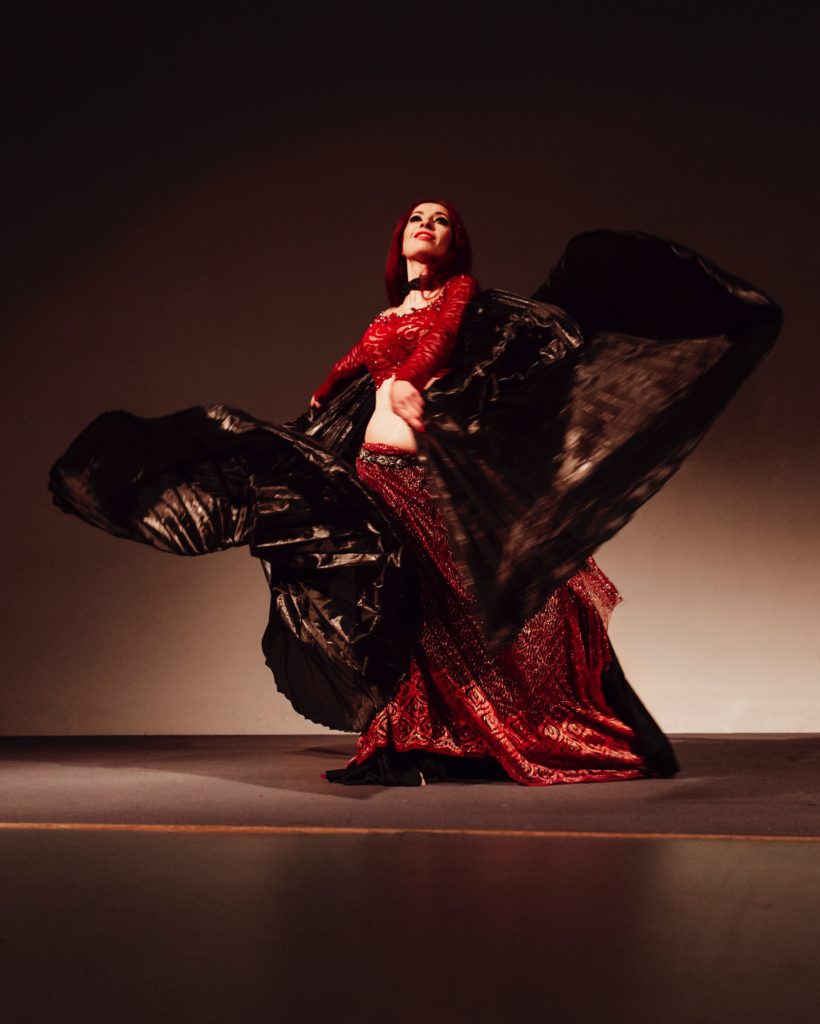
Flamenco is a very expressive Spanish dance form. It came from Southern Spain in the Andalusian region and is associated with the gypsy people, called Gitanos.
The flamenco dance is done solo. It includes clapping, tapping footwork, and elaborate upper body movements. The dancer is always accompanied by a singer and guitar player. The best part of flamenco dancing is watching the expressions and emotions of the dancer. It is said in the Gypsy tradition that after several minutes of dancing, the dancer enters a trance state called “Duende” in which the dancer is lead purely by his/her emotions.
Top Flamenco Artists: Paco de Lucia, Camaron de la Isla, Vicente Amigo, Tomatito, Diego El Cigala.
Belly Dance – Middle East
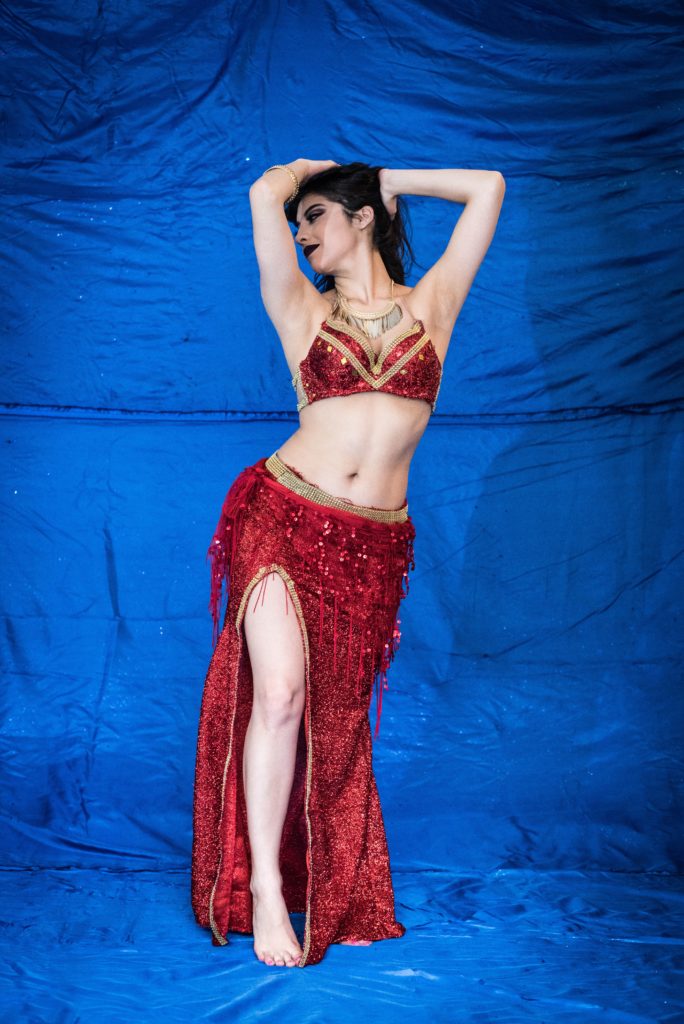
This beautiful, artistic type of dance originated in Egypt. The first belly dancers were a group of traveling dancers known as the Ghawazee. These women were the gypsies of Egypt in the 18th century. The 1960s and 1970s in the United States were a time when more women were joining the free spirit movement, which brought popularity to Belly Dancing. It started gaining a reputation for being a sensual dance and western women worked hard to reinvent it. Their goal was to take it in a different direction so it could be used in accordance with female celebrations. For events such as giving birth and for worshipping and honoring the Creation of Women.
The classic steps that come back throughout several periods in the history of belly dancing are the Shimmy, Undulations, and Hip hits.
Top Belly Dance Songs: Belly Dance Sahara (Arabic Dance), Umm Kulthum Enta Omri, Hussain Al Jassmi Boushret Kheir, Belly Dance New Delhi Lounge, Akon Bananza (Belly Dancer).
Samba – Brazil
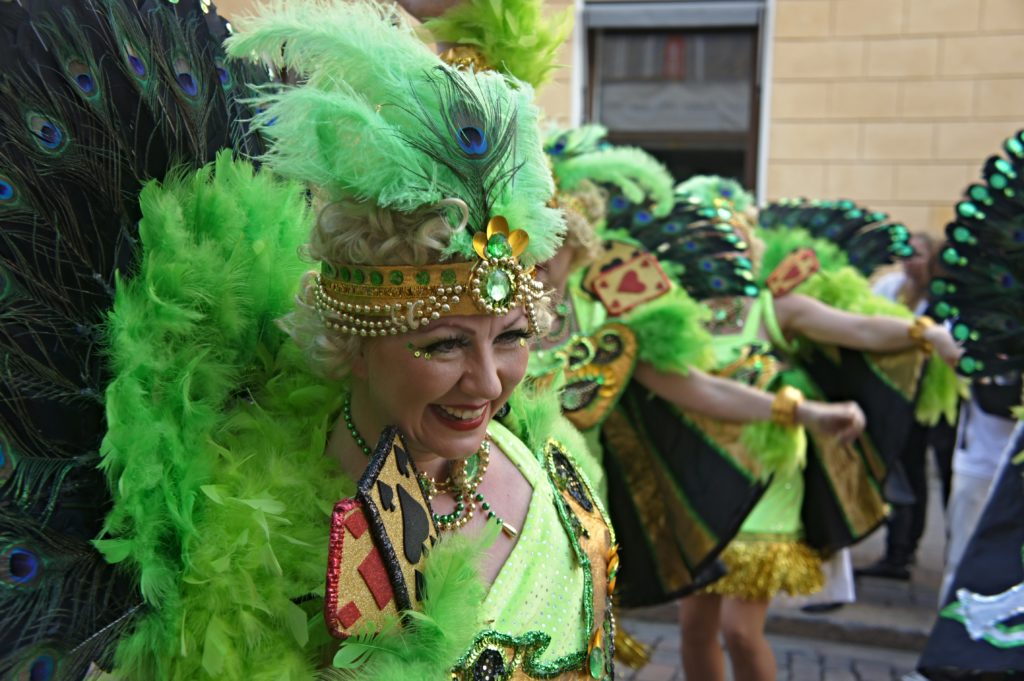
Samba originated in Brazil in the 19th century. This dance form owes its rhythm and movements to the Brazilian sugarcane plantations, specifically to African slaves. After slavery ended, the dancers migrated to the slums outside of cities, where they put together different dances and created various styles for Samba. These styles are even displayed during the Carnival season.
There are different styles of Samba. These are some of the most common ones: Samba no pé, Samba de Gafieira, Samba Pagode, Samba Axé, Samba-reggae, Samba-rock, Samba de roda. Samba is mainly about powerful and controlled movements in the pelvis and hips. Be ready for a tremendous workout if you’re learning this fun dance! One of the most famous practitioners of the dance is Carmen Miranda. She was a marvelous Samba dancer famous in Brazil who brought the dance to the US after moving to Hollywood.
Today Samba is the most prevalent and most popular dance form in Brazil. It is especially during the festival of Carnival when it reaches its highest level of popularity not only in Brazil. People from all over the world travel during the Carnival season to experience this spectacular atmosphere full of joy, dancing, and fun.
Top Samba Artists: Jorge Ben Jor, Chico Buarque, Joao Gilberto, Caetano Veloso, Antonio Carlos Jobim.
The Viennese Waltz – Austria
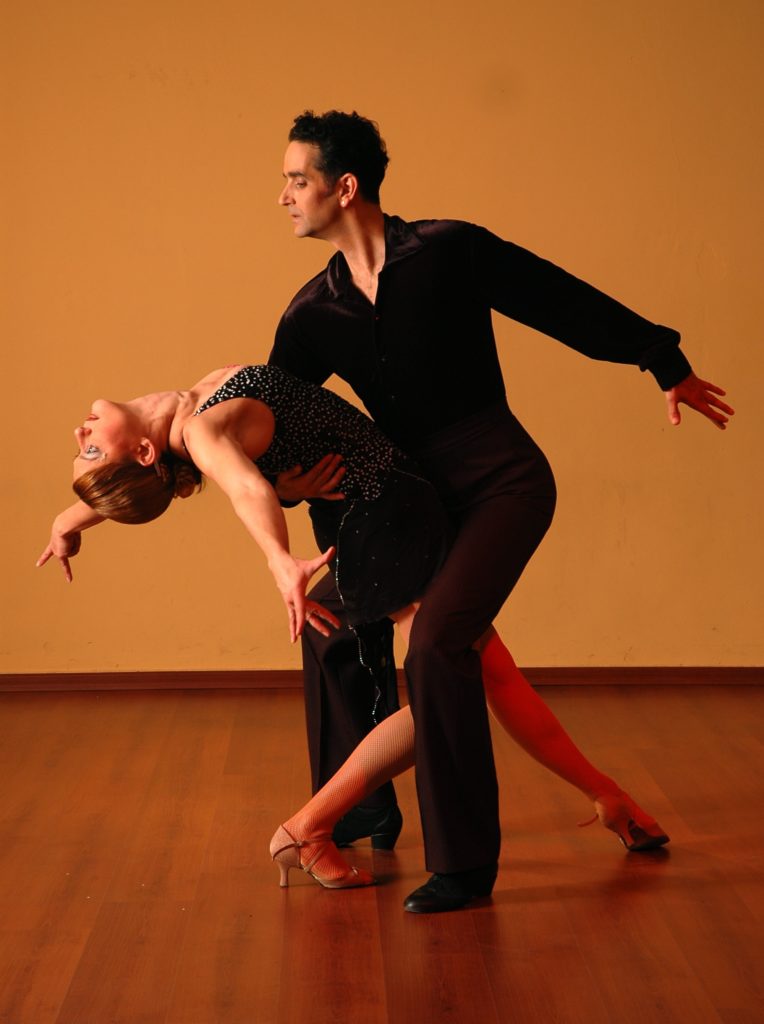
The Viennese waltz is the oldest of the current ballroom dances. It began in the late 18th century. The waltz, especially being a partner dance, was initially seen as a provocation and was met with anger. Now, the city celebrates the Carnival in January and February with excitement. Over 400 balls (dances) are held in Vienna every winter. More than 300,000 dance fanatics visit Vienna from all around the world.
The majority of dances take place at the Imperial Palace in Vienna. Women perform in a long evening gown and men wear a tuxedo or tails. Young ladies in white dresses and their gentlemen open the ball with a polonaise, which is a Polish dance. The remaining visitors are only allowed on the dance floor after the proclamation “Alles Walzer!” (Let the waltz begin!). The finale of the ball also follows a tradition: the light in the ballroom is dimmed and the band plays a slow waltz as everyone leaves. Once the ball ends, it is very popular for everyone to finish the night by attending traditional sausage stands.
Top Viennese Songs: Johann Strauss II An der schönen blauen Donau, Op. 314, André Rieu The Second Waltz, Op. 99a, Johann Strauss II Vals del Emperador, Johann Strauss II Wienerblut Op.354, Johann Strauss II Rosen aus dem Süden.
The Haka – New Zealand
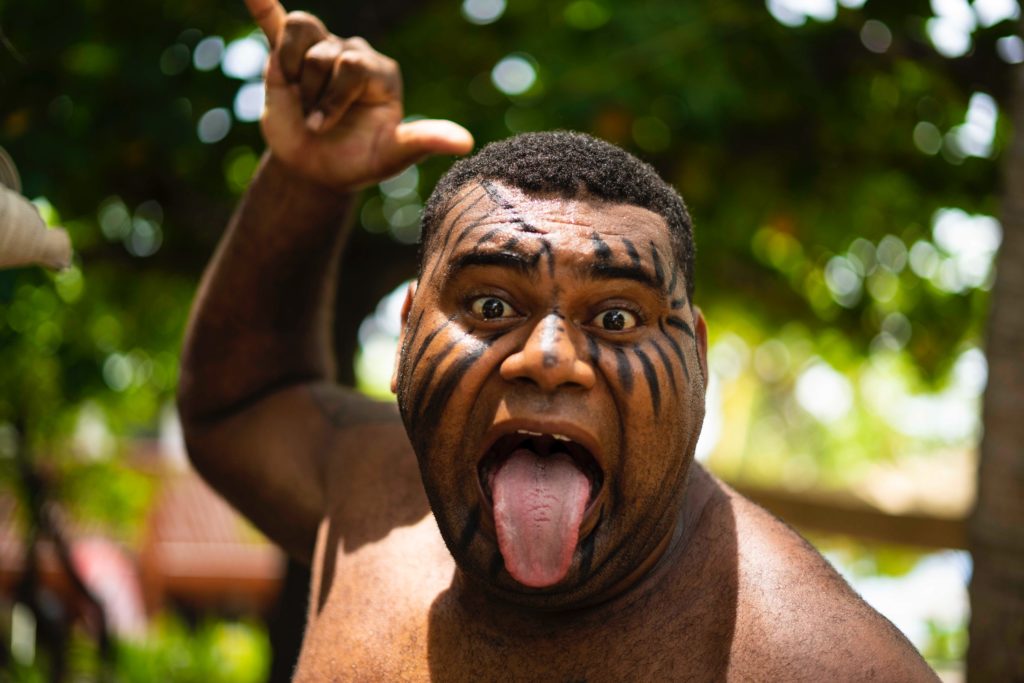
The word Haka is Maori for “dance”. It involves all body parts in energetic and forceful, rhythmic movements. It can include swaying, slapping the chest and thighs, stomping, and gestures of stylized violence, such as bulging eyes and sticking out the tongue. There is always a complementing chant.
Traditionally, Haka was a way of introducing or welcoming visitors into a new territory or community. Nowadays, Haka is used during birthdays, weddings, funerals, and other celebratory occasions. It has become a symbol of tribal identity as well. Haka is presented as the dance “about the celebration of life” in Maori mythology.
In modern times, haka is a subject that is deeply studied and practiced in universities, schools, sports and military institutions. The All Blacks, a very popular rugby team, perform the haka before starting their games as a way of identifying and intimidating their rivals.
Here are some of the most popular Hakas: Haka Pōwhiri is the traditional Māori welcome, Poi, Waiata-a-ringa, Moteatea.
Dance can be used as a way to connect with different cultures from all over the world. It has always been a way to create bonds with people we might not normally have an affiliation to. If you’re interested in expanding your knowledge, come to dance with us in Orange County, CA! You can get started today with a $20 consultation lesson for new students.
-Carlos

